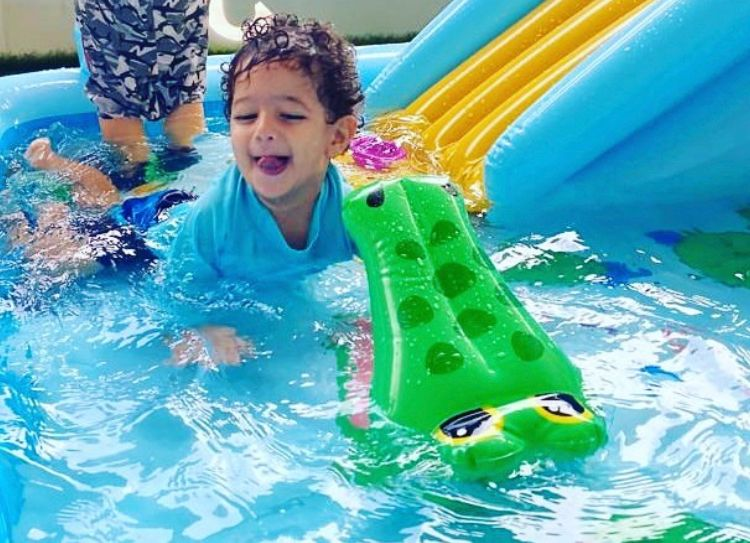
Parent’s Guide To Choosing The Perfect Nursery School For Your Child
Selecting right nurseries in Dubai Marina is a pivotal decision that sets the foundation for your child’s educational journey. It’s a choice that requires careful consideration, as it significantly influences your child’s early learning experiences. This guide aims to provide parents with essential insights and considerations to help navigate the process of choosing the perfect nursery school for their child.
Define your priorities:
Begin by clarifying your priorities and values. Consider what matters most to you in your child’s education – whether it’s a strong focus on academic readiness, emphasis on socialization and play, a nurturing environment, or a specific educational philosophy. Understanding your priorities will serve as a compass throughout the decision-making process.
Research educational philosophies:
Nursery schools often adopt different educational philosophies, such as Montessori, Reggio Emilia, Waldorf, and play-based approaches. Research these philosophies to determine which aligns with your beliefs and goals for your child’s education. Each philosophy has its unique approach to teaching and learning, so choose the one that resonates with your family’s values.
Visit and observe:
Visiting potential nursery schools is crucial to getting a firsthand feel for the environment. Pay attention to the classroom setup, teacher-student interactions, and the overall atmosphere. Observe how teachers engage with children, whether there’s a balance between structured learning and free play, and whether the environment is safe and stimulating.
Check qualifications and experience:
Qualified and experienced educators play a pivotal role in your child’s development. Inquire about the qualifications, certifications, and training of the teachers and staff. Experienced educators have insights into child development, effective teaching strategies, and creating a supportive learning environment.
Assess curriculum and activities:
Examine the curriculum and the range of activities offered. A well-rounded curriculum should include opportunities for cognitive, social, emotional, and physical development. Look for a mix of academic learning, creative arts, play-based activities, and opportunities for outdoor exploration. A balanced approach ensures that your child receives a holistic education.
Consider class size and teacher-student ratio:
Class size and teacher-student ratio directly impact the quality of education your child receives. Smaller class sizes and lower teacher-student ratios allow for more individualized attention and a more supportive learning environment. Ensure that the school maintains a ratio that enables teachers to effectively engage with each child.